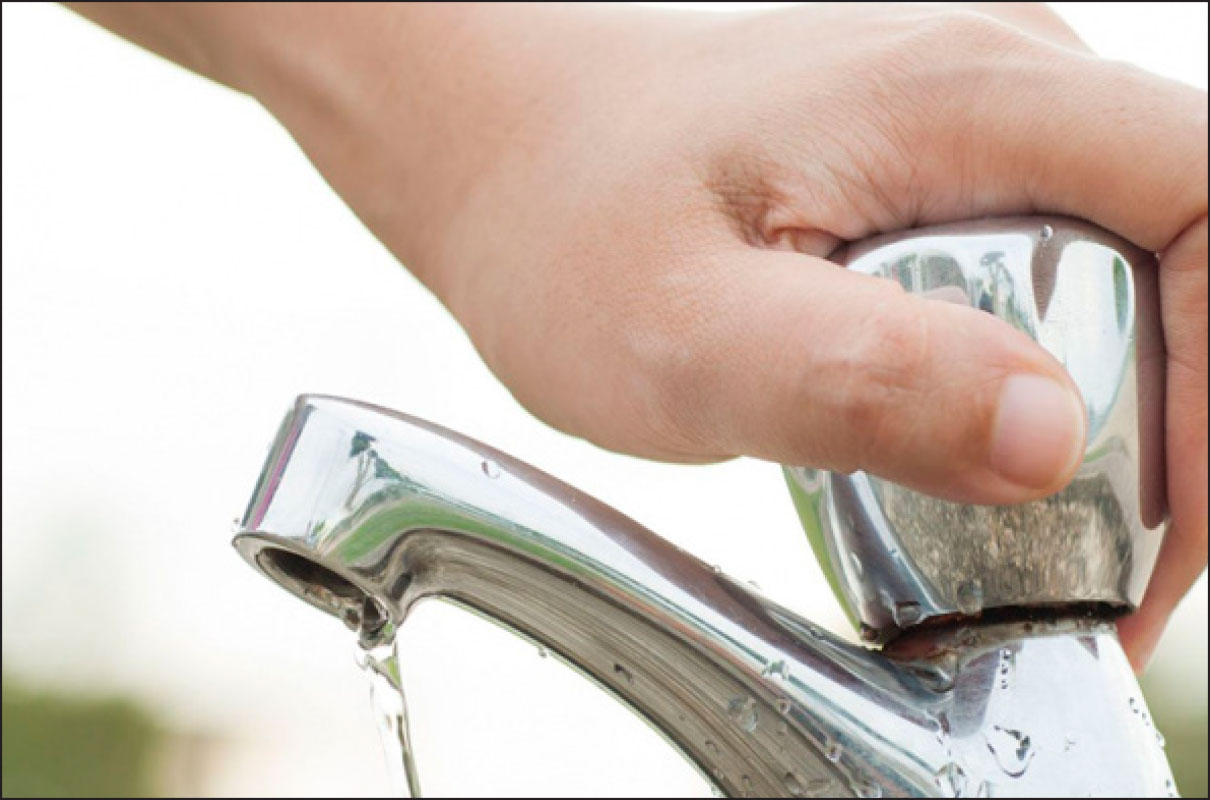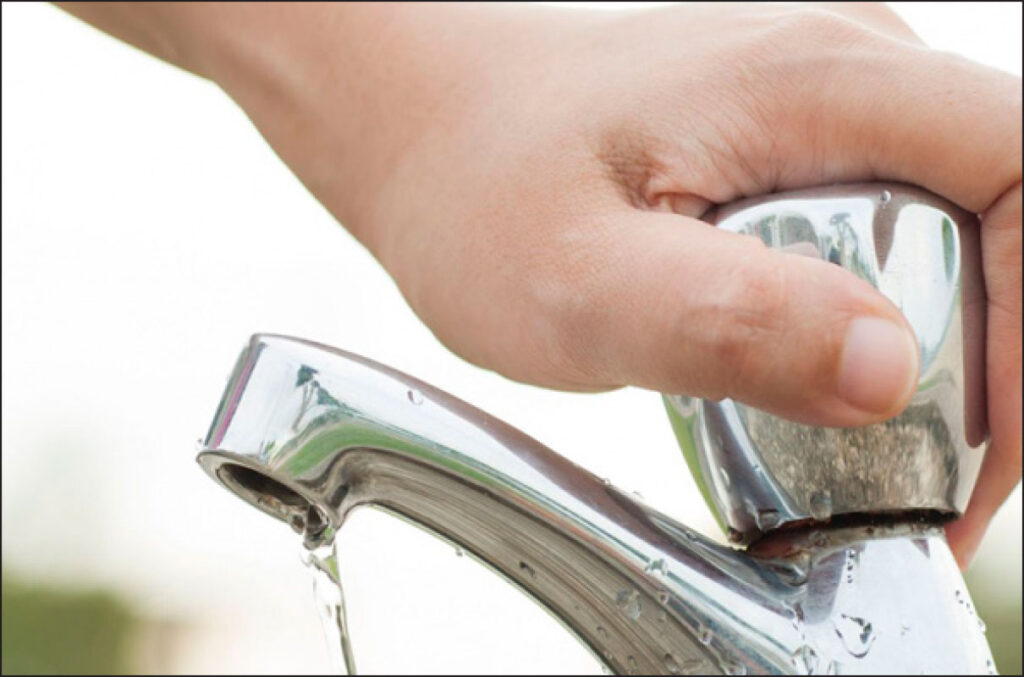
There is no doubt that Mother Earth is going through horrid environmental changes. Rising sea levels, melting glaciers and extreme weather events like flash floods are all warning signals. If we want to halt this alarming trend, we can do a lot more than talk about it. We must act and get others to act.
It does not involve making any great sacrifice. The notion that adapting a nature-friendly lifestyle involves giving up on comforts, performing tedious and time-consuming chores which take the fun out of living is not true.
All that is required is bringing about small changes in our day-to-day habits and the choices we make. Indeed, it will come as a surprise the difference each one of us can make in the long run by sensible use of our resources. The best ‘going green’ begins at home.
Let’s focus on water first. Saving this life sustaining nectar, everyone agrees, is the most effective and environmentally sound way to fight global warming. It is said that if we save water, it will save us in the future.
At every home, water is a precious commodity, though city dwellers take it for granted. So, how much water do we consume? Typical estimates have it that on an average every urban Indian uses 135 litres of water a day, of which only three litres are consumed for drinking. The rest goes into cooking (4 litres), bathing (20 litres), flushing (40 litres), washing clothes (40 litres), washing dishes (20 litres) and gardening (23 litres).
So, what are the steps each of us can take to reduce our water consumption?
Let us start with drinking water. Consuming it is of utmost importance, but the reverse osmosis (RO) system that majority of us use to purify water leaves a trail of wastewater. This impure water that is filtered out can be collected and used in a variety of ways. By putting a large container under the discharge pipe, we can collect the unpotable water which can be used for mopping floors, cleaning toilets and watering plants.
In the bathroom water can be saved through sensible use. Be mindful of not letting the tap running needlessly when you wash your hands, face, brush your teeth or shave. Bathroom taps typically run 7 to 8 litres of water a minute and if they are turned off while brushing teeth or lathering for a shave, the saving per month can be enormous.
The next time you need to change a tap, a shower or the flush system, opt for a low-flow shower, faucet aerators and a dual flush or low-flow toilet. These new water saving designs and technologies can make a great difference. Also, make sure there are no leaking taps as a leaking faucet can waste 75 litres of water a day and a leaky toilet 700 litres a day!
Make sure there are no leaking taps as a leaking faucet can waste 75 litres of water a day and a leaky toilet 700 litres a day.
Washing clothes consumes a lot of water. Minimise use by soaking clothes for a while. This can help in getting rid of the dirt in less washes. For those opting for washing machines, apparently front-loading machines use less water than top-loading ones. More important, if you are shopping for a new washing machine, do go for one that has a Bureau of Energy Efficiency star certification. The five-star certification is the best. These use 30 per cent less water and 25 per cent less electricity than regular washing machines.
Water saving can be done while washing dishes as well. Dish washers are not frequently used in the country, though they too come with star certification. The other method while washing with hand is to fill the sink with water and soap and soak the dishes for a while. Rinsing them then to make them oil and soap-free becomes a simpler task.
In several cities, rains come in plenty and it is easy to tap this rainwater for future use. Rain water harvesting systems are of different kinds. The elaborate ones come with a tank, pump and a purification system. But for a simple rain harvester you only need a large drum, or a rain barrel as it is technically called, that catches water from the roof, sidewalks and driveway through pipes and downspouts. The collected water can be used for hand-watering plants, the garden and even cleaning. But do remember to cover the drum with a lid or tarpaulin so that mosquitoes are kept at bay.
There is also wisdom in watering your plants in the morning as they require less water at a lower temperature.
Overall, the trick is in improving the efficiency of water at every step, reducing its loss and waste. Making every drop count as it were, and in turn promoting a sustainable lifestyle for everybody in our planet.
The writer is a senior journalist who writes on environmental issues.






